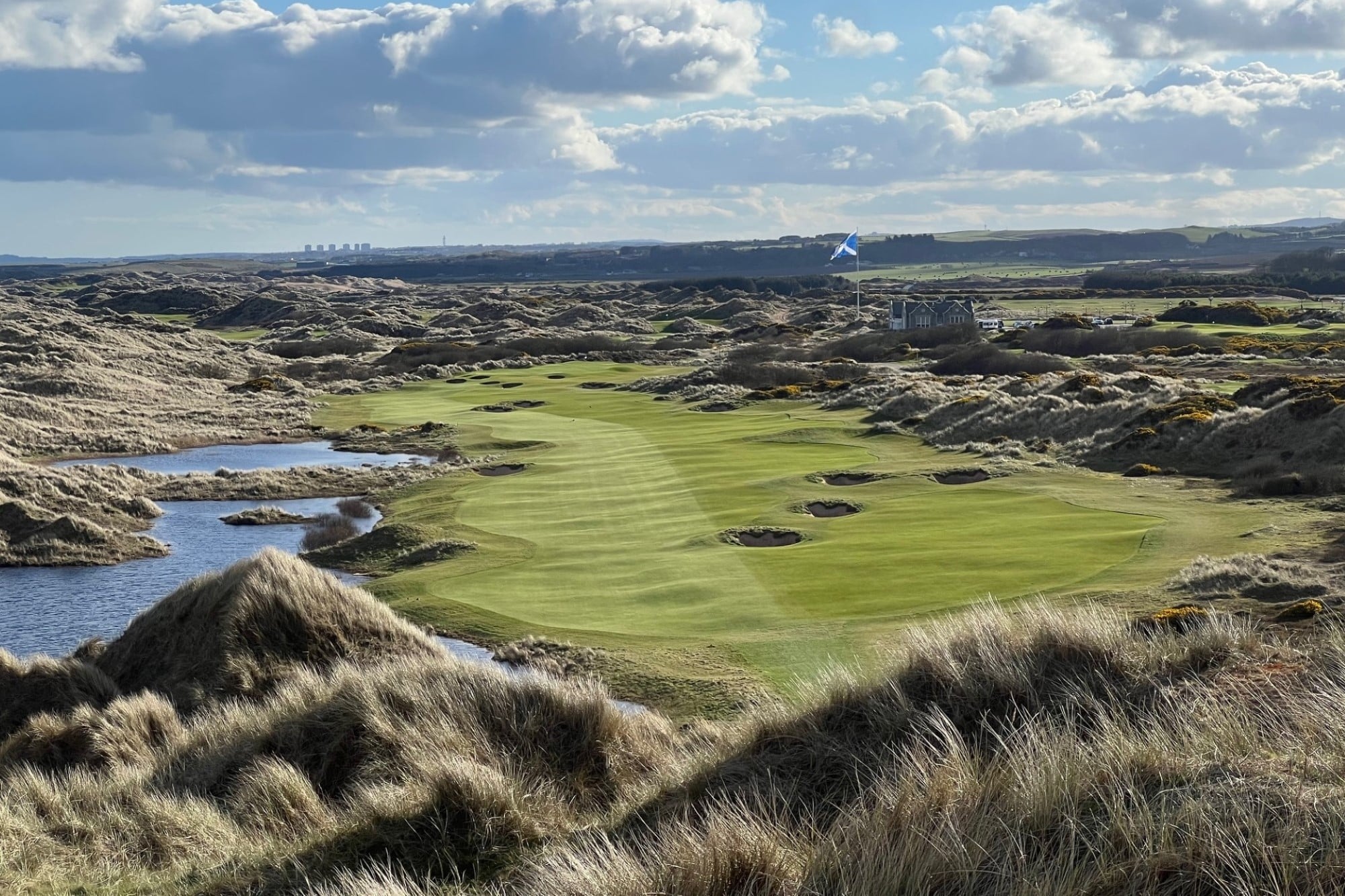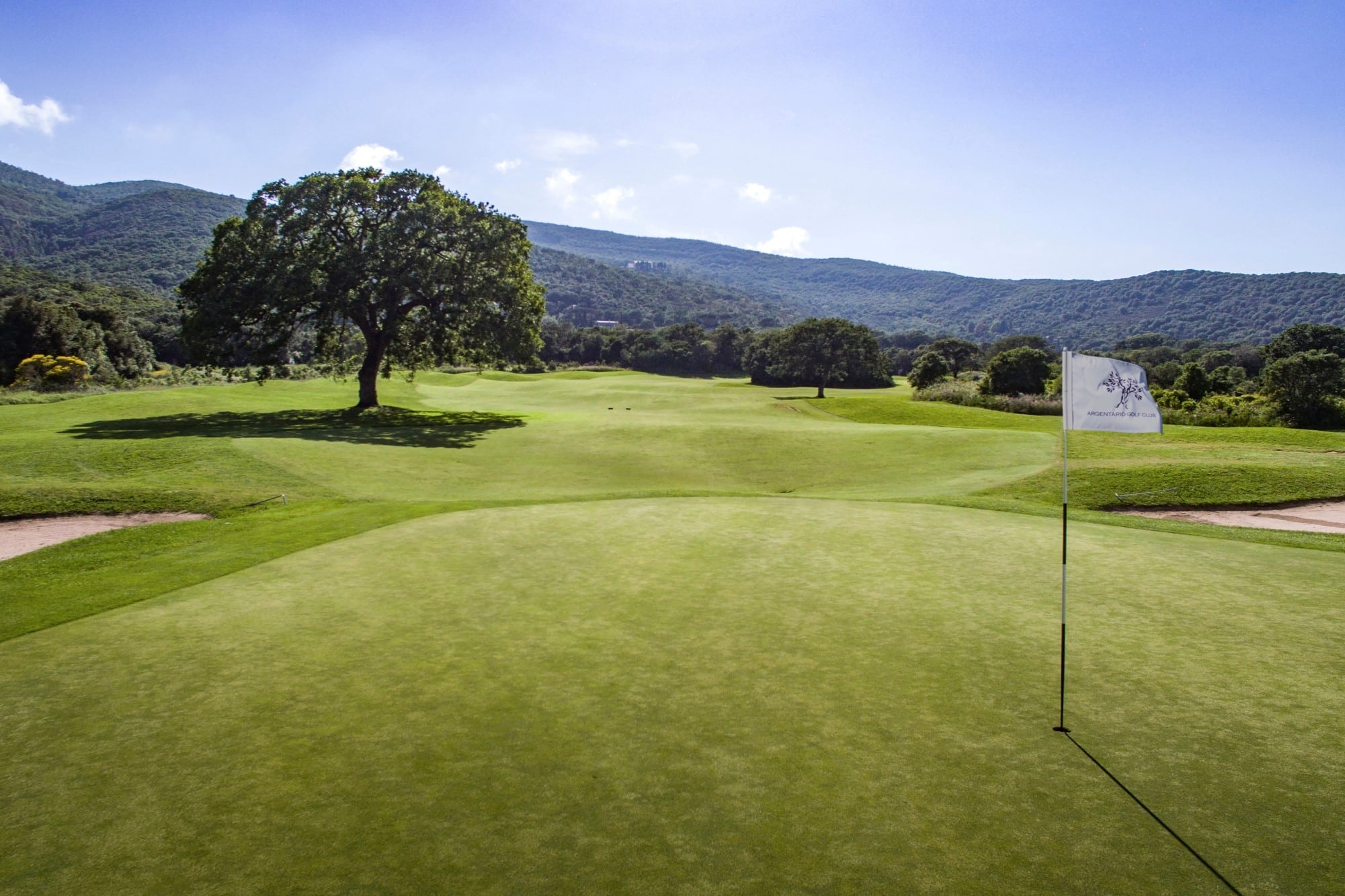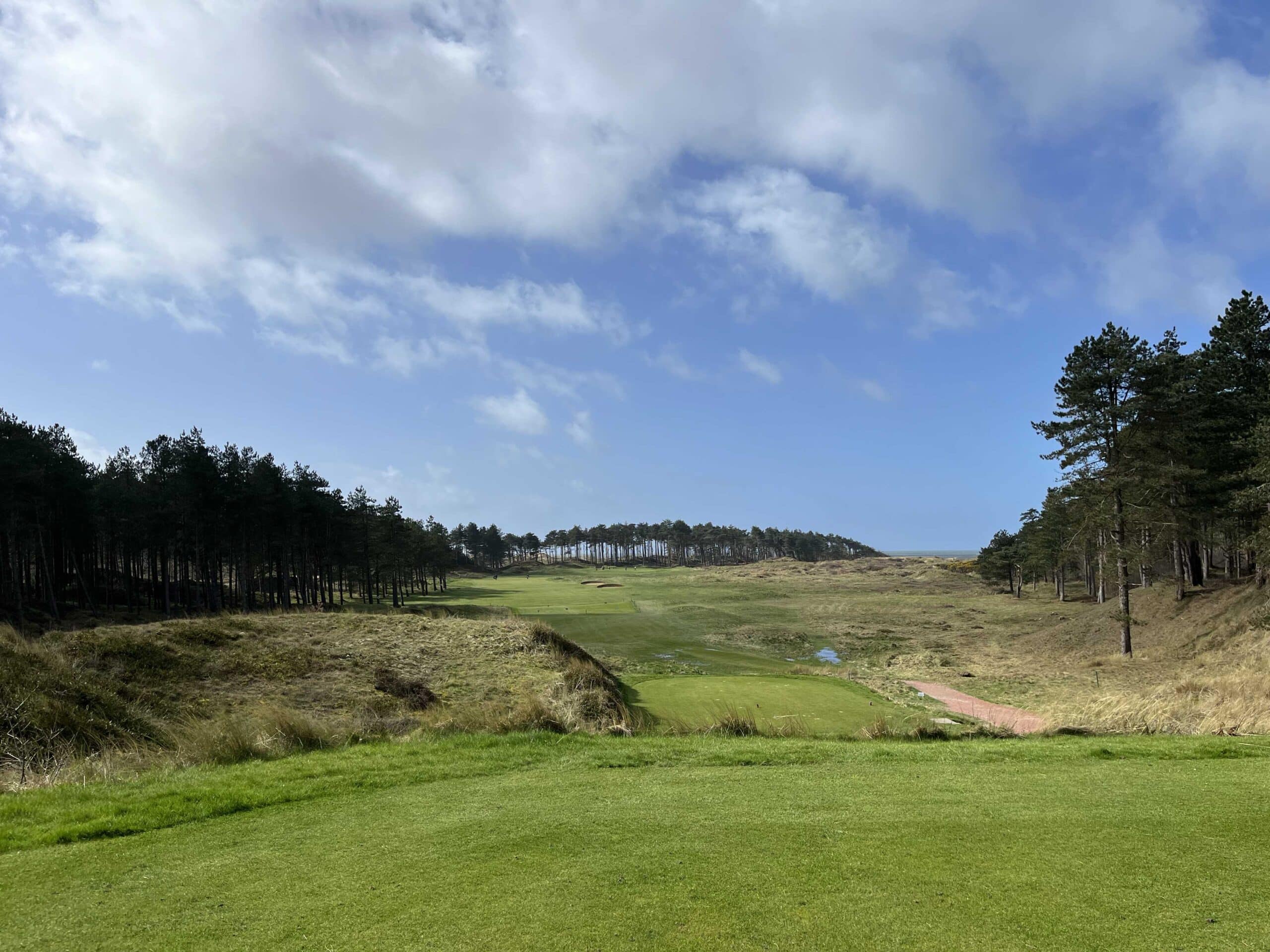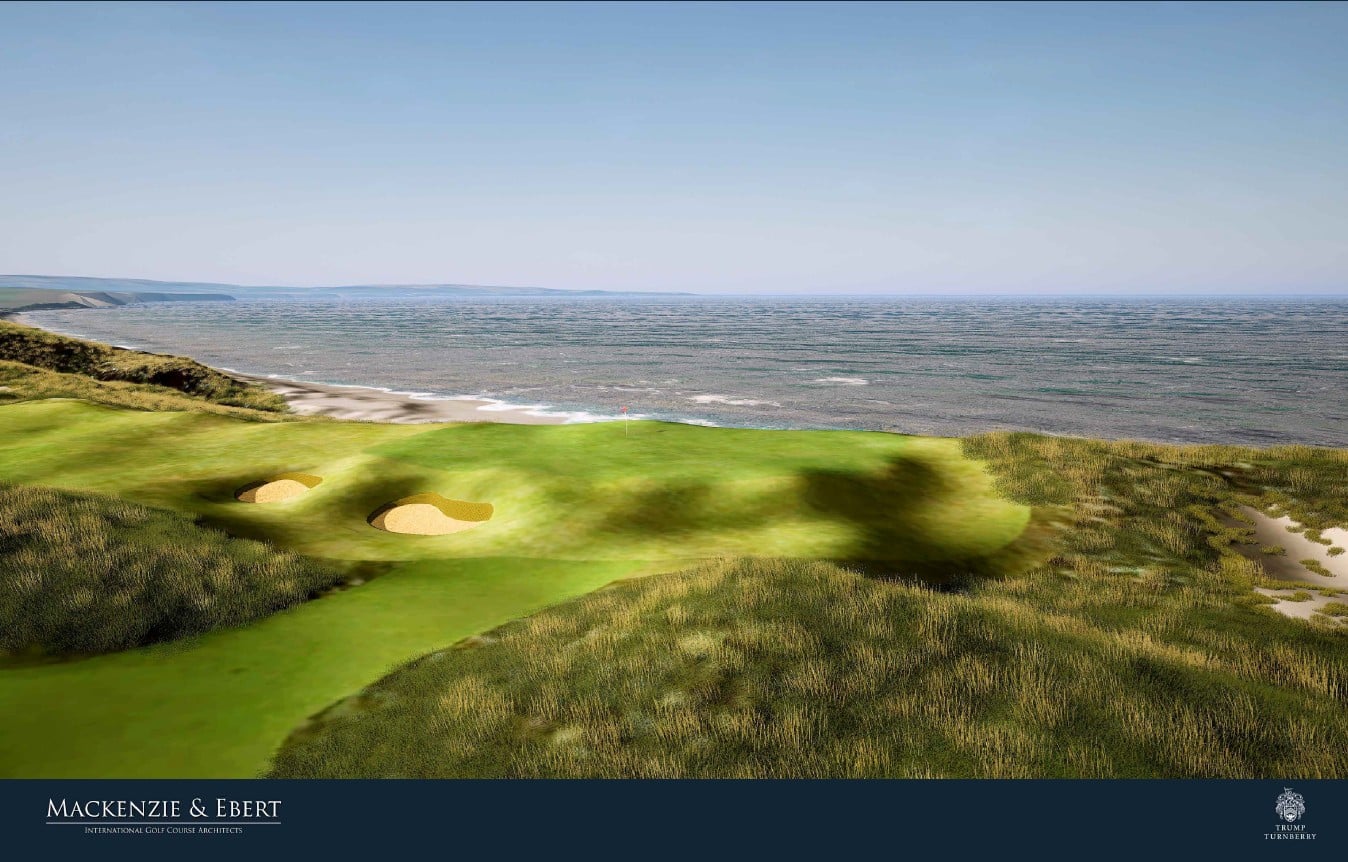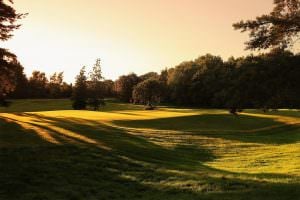‘It was like a course was waiting to be built there’
It is 10 years since Sand Valley in Poland opened. After initial difficulties, the course has gained popularity; it’s been selected in several prestigious rankings as the best in Poland… and Continental Europe.
The current manager, Antti Pohjonen, who grew up in the owner’s family, has made an impressive job of running the club and the future looks bright.
I have been asked on several occasions why the official design credits are shared between Tony Ristola and myself. This is the story behind the course and my contribution to the design of Poland’s Top 100 entry.
The back story
In winter 2004/2005, I was sitting in Edinburgh College of Arts’ classroom of landscape architecture, studying golf course design, when Kai Hulkkonen first called about a project in Poland. It sounded interesting, and he came over as a person who knew about golf courses and their design.
At our first meeting, it became clear Kai had an uncommon relationship with golf and courses. The philosophical discussions about courses and their features was something I had not come across in my other projects. The project to that point was mostly his baby, and he also became the leader and face of it until it opened.
It was like a course was waiting to be built there. Even the local train track brought a bit of authentic British golf course atmosphere to the site.
Kai was from Leppävirta, Finland, and at that time in his mid-20s, working for Danfoss in Denmark. Danfoss had bought Kai’s father Timo’s business. Timo also had a factory in Poland, so the country familiar to the family. The golf project began with Timo’s funding and the help of local contacts.
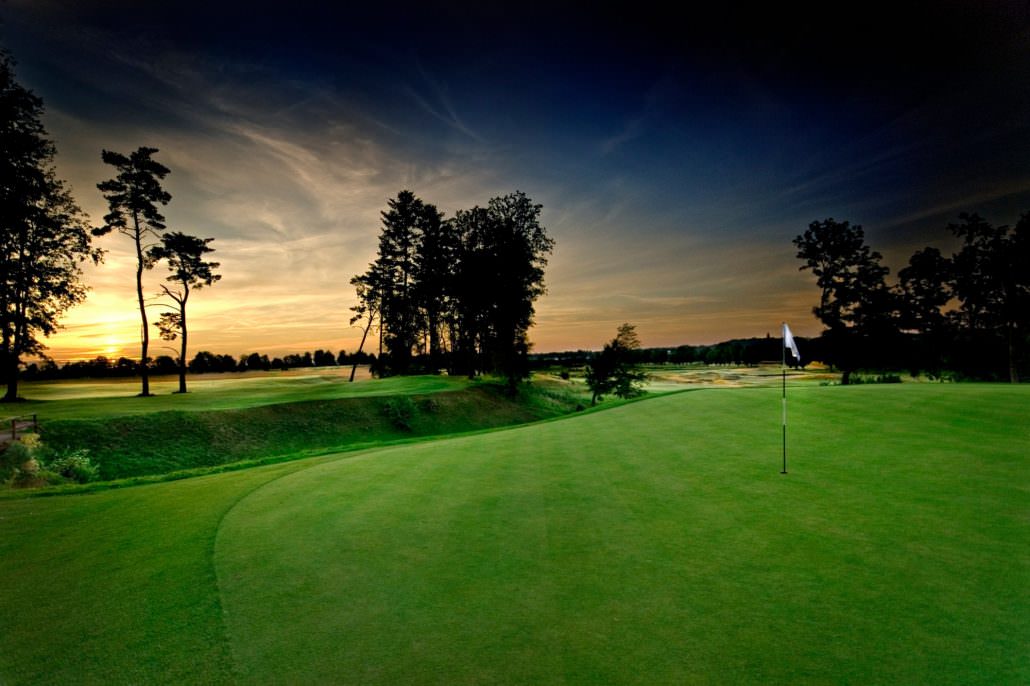
The site was in the small town of Paslek about 100km south of Gdansk in northern Poland. The closest hotels and a more significant population were found in the industrial city of Elblag, less than 20km away.
Logistically, it was a struggle. In the early days, the drive from Gdansk could take more than two hours on truck-filled two-lane road. A motorway (from Gdansk) finally opened… in 2018. In short, the site was selected due to its sandy soil, not its location.
The key part of Sand Valley
Routing a course is the essential part of design work. It’s the element of the design that is most likely to last as long as the course itself – possibly hundreds of years.
As early as 1926, Charles V Piper, chairman of the USGA greens committee, said: “The best thing a golf course architect can give to his client is good routing.”
The first visit to the site in May 2005 made a lasting impression. Expansive views in all directions, ideal elevation changes for a course, scattered ‘islands’ of trees and the vegetation of the poor and dry soils were all in perfect harmony.

It was like a course was waiting to be built there. Even the local train track brought a bit of authentic British golf course atmosphere to the site.
Most of the design work was done in winter 2005/2006. From the beginning, it was clear the 90 hectares of land would have houses and a hotel in addition to the golf.
But Kai had no interest in maximising the commercial value of the plots by placing them next to the fairways. Golf had to come first and foremost; thus, the design was to keep the course and the buildings apart. I had no trouble adjusting to that.
As the geographic centre of Sand Valley was also the site’s highest point, the clubhouse was easy to locate there.
I prepared several routing options, all located mostly on the western and southern parts of the site. The south-west corner had relatively large lowlands where building construction would have been difficult and expensive. Also, the trainline running along the western edge was obviously better suited next to the course than the residential area.
Strict environmental demands for tree protection made the design challenging. There was a wooded area in the middle of the site with a deep and steep-faced canyon born of an ancient quirk of nature.
One of the gems is 15. The left-turning dog-leg par 5 follows the steep-faced river, challenging you to go for the green.
The feeling that this dramatic spot must be the centre of the course quickly strengthened for me. It was where the golf story would begin and where it would end.
From the canyon and a planned waste area that was to connect to it, I came up with the iconic identity for the golf course and its name – Sand Valley.
The second feature worthy of preservation was an old road lined with towering trees.
Running east to west and crossing the site at its widest point, the road gave a great setting and a historical link to holes 7, 10, 11, 15, 16 and 17.
At Sand Valley, the variety of holes is so strong that I consider it one of my best routings.
The fantastic property, of course, was instrumental but I’m pleased with how I managed to build rhythm to the round – taking into account elevation changes and how playing directions and lengths of holes flow throughout.
How Sand Valley unfolds
Standing on the 1st tee, you anticipate this is a big course.
There is an expansive landscape for the eye on a large scale. The most important task of the 1st hole is to get the player started without humiliation, and this downhill par 4 does that well.
After the par-3 3rd and par-5 4th at the flat northern edge of the site, the course turns 90˚ and continues along the western boundary towards the lowest point of the property.
Playing along the railroad you get consecutive par 4s, both with plenty of room. The 5th is drivable, but the 6th is longer and requires a good game plan.
The front nine closes with a short but challenging par 4. This was initially the 18th in my plans.
Time and money had been used, and on-site almost nothing resembled a course. At the same time, the general economic situation and, consequently, golf construction began to decline.
But as it played towards the setting sun, I changed my mind. To get to the green, one has to clear the sand valley. I usually avoid forced carries, but I couldn’t pass this opportunity for a spectacular shot.
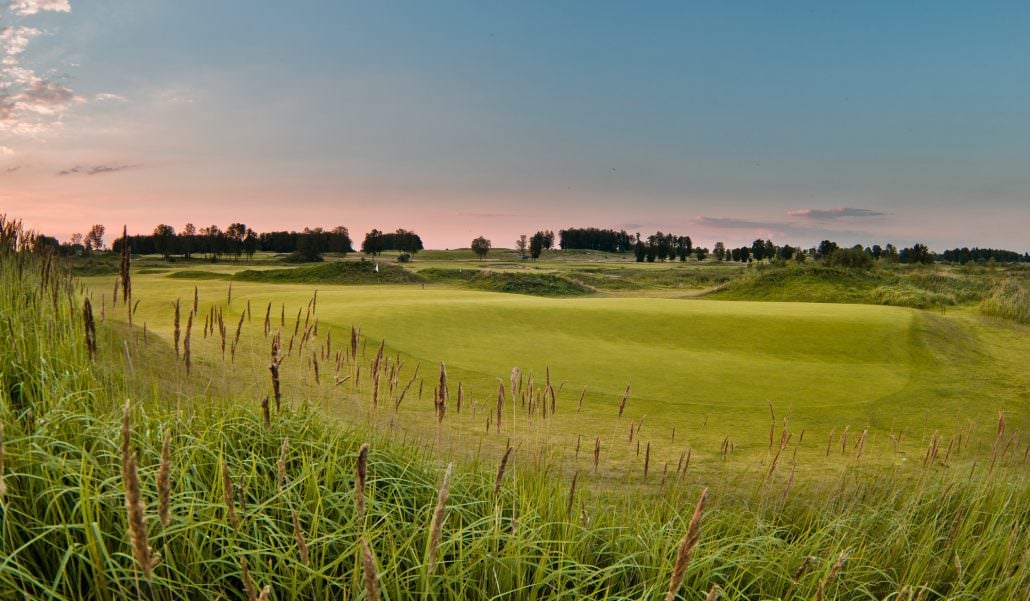
The second nine begins with a long downhill par 3 and the 13th is one of the fun holes, as short par 4s usually are.
Hugging the river on the southern boundary, it tempts you into aggressive play, but the risk is considerable.
One of the gems is 15. The left-turning dog-leg par 5 follows the steep-faced river, challenging you to go for the green.
The course ends with two holes playing in opposite directions. First comes the long and challenging uphill par 3. It is a gorgeous hole with old birches on the left, providing a unique atmosphere. It ends with mid-length par 4 that climbs along with a ridge.
Construction of the course
Polish company TG Construction was selected as the builder.
Their timetable included well-prepared excel files, and accordingly, the course was to be seeded at the end of 2006. Top-quality machines appeared at the site.
However, the tight bid meant there was no money for people with course-building skills.
Time passed, and only some heavy earthwork happened. Gradually the machines disappeared, and later the company went bankrupt.
I have not given up my rights as the creator of its most important architectural elements – routing, sand valley, significant waste areas, several strategic features, and so on.
At the end of 2006, Sand Valley’s situation was difficult.
Time and money had been used, and on-site almost nothing resembled a course. At the same time, the general economic situation and, consequently, golf construction began to decline.
The shares of Sand Valley were not selling – on the contrary. Something new was needed.
A new name on the credits
In winter 2007 Kai contacted me to ask what I thought to him hiring golf course builder Tony Ristola to continue the construction work.
Tony lived in Germany and I knew he also had experience designing courses.
I gave it a green light; I understood the lack of economic alternatives and my habit is not to question the client’s choices.
After visits in 2007 to the site, Tony’s unwillingness to implement my detail designs became apparent.
I talked to Kai, but he told me to take any concerns I may have directly to Tony.
I decided to forego my right to supervise the construction. I did not visit the site in the last year of construction, but that does not mean I have given up my rights as the creator of its most important architectural elements.
There they still are – routing, sand valley, significant waste areas, several strategic features, and so on.
The greens are the aspect I have heard criticism of – the part I did not influence. But I find the course close to the vision I saw after the first walk on the site.


